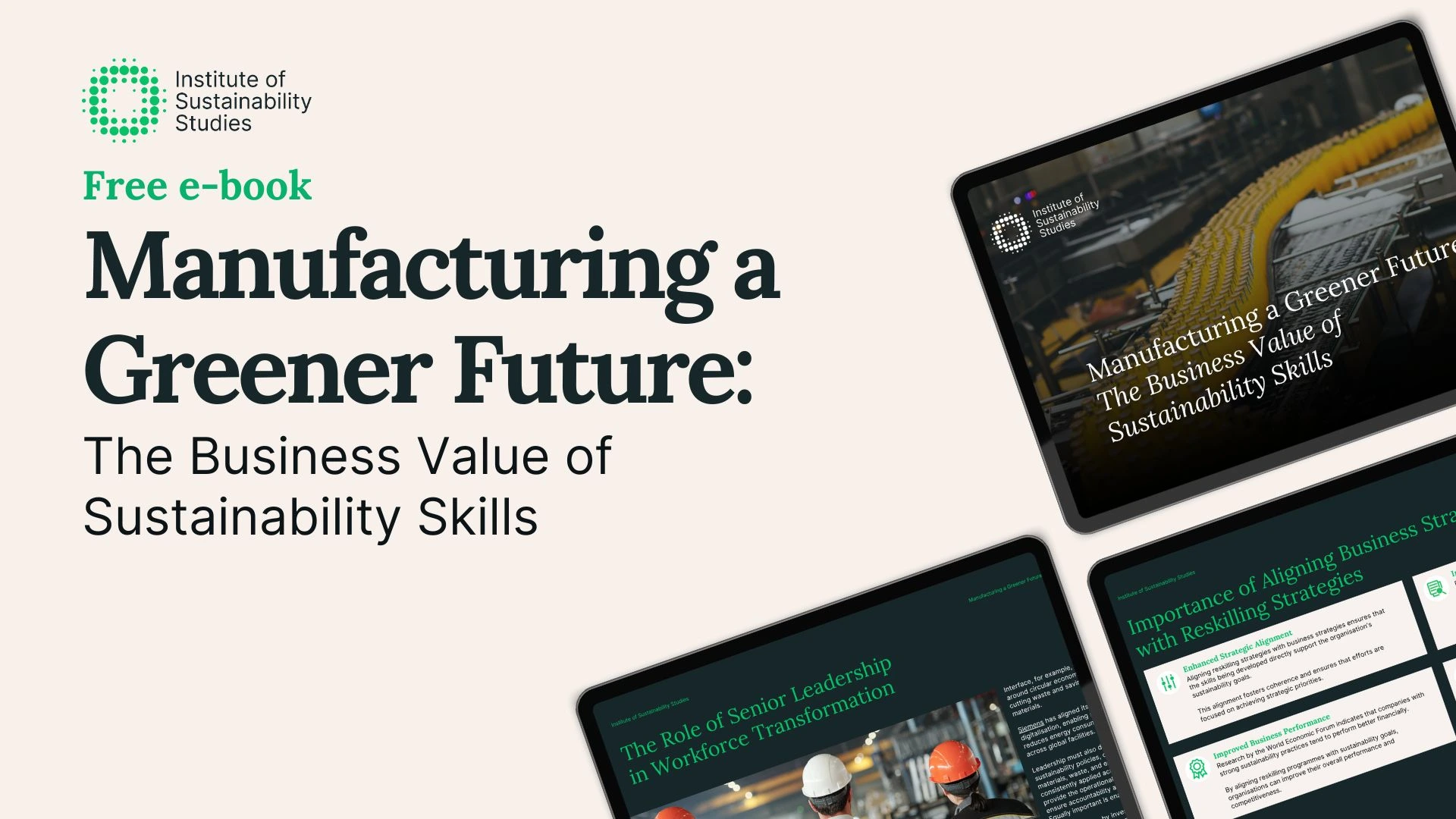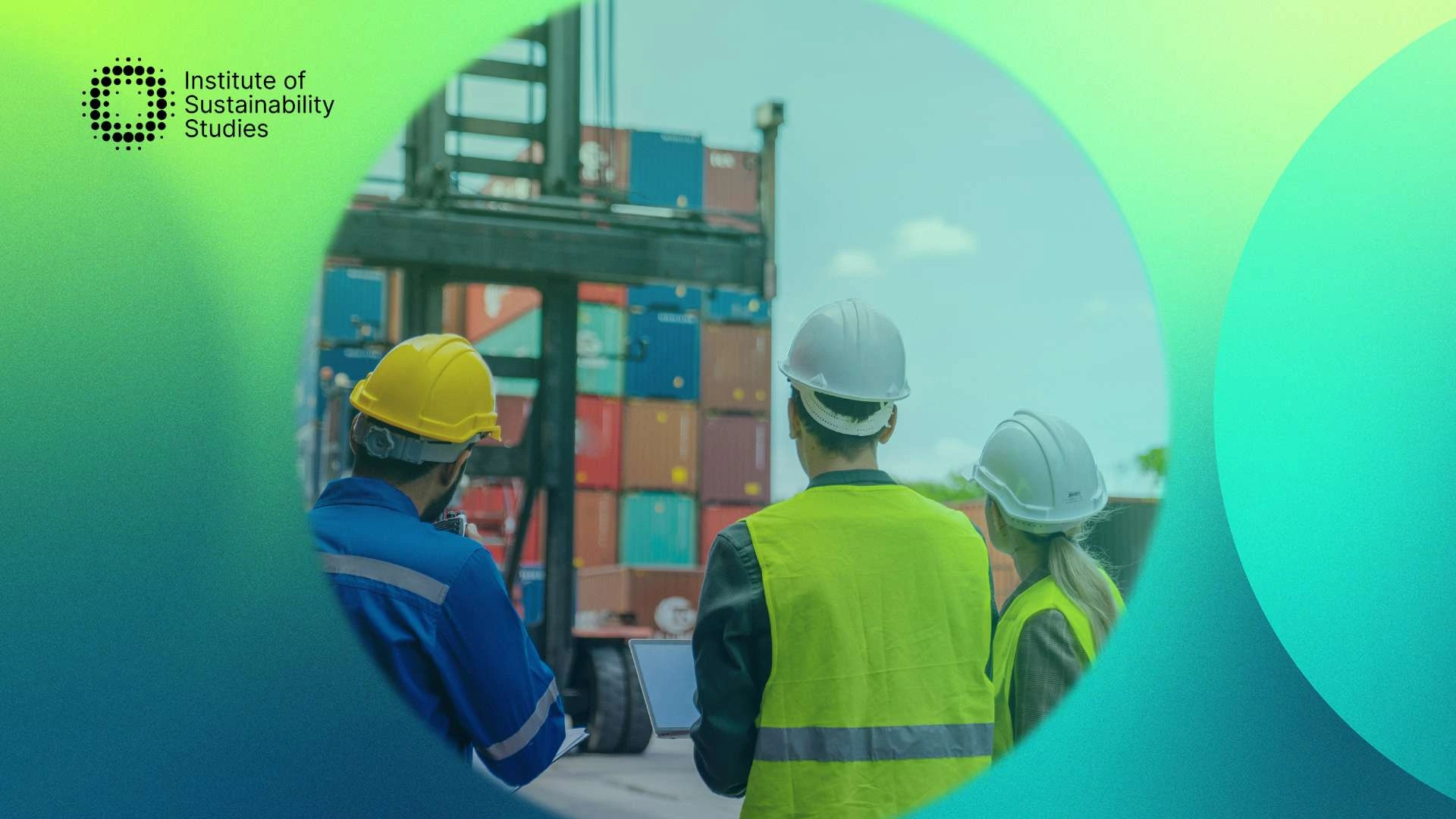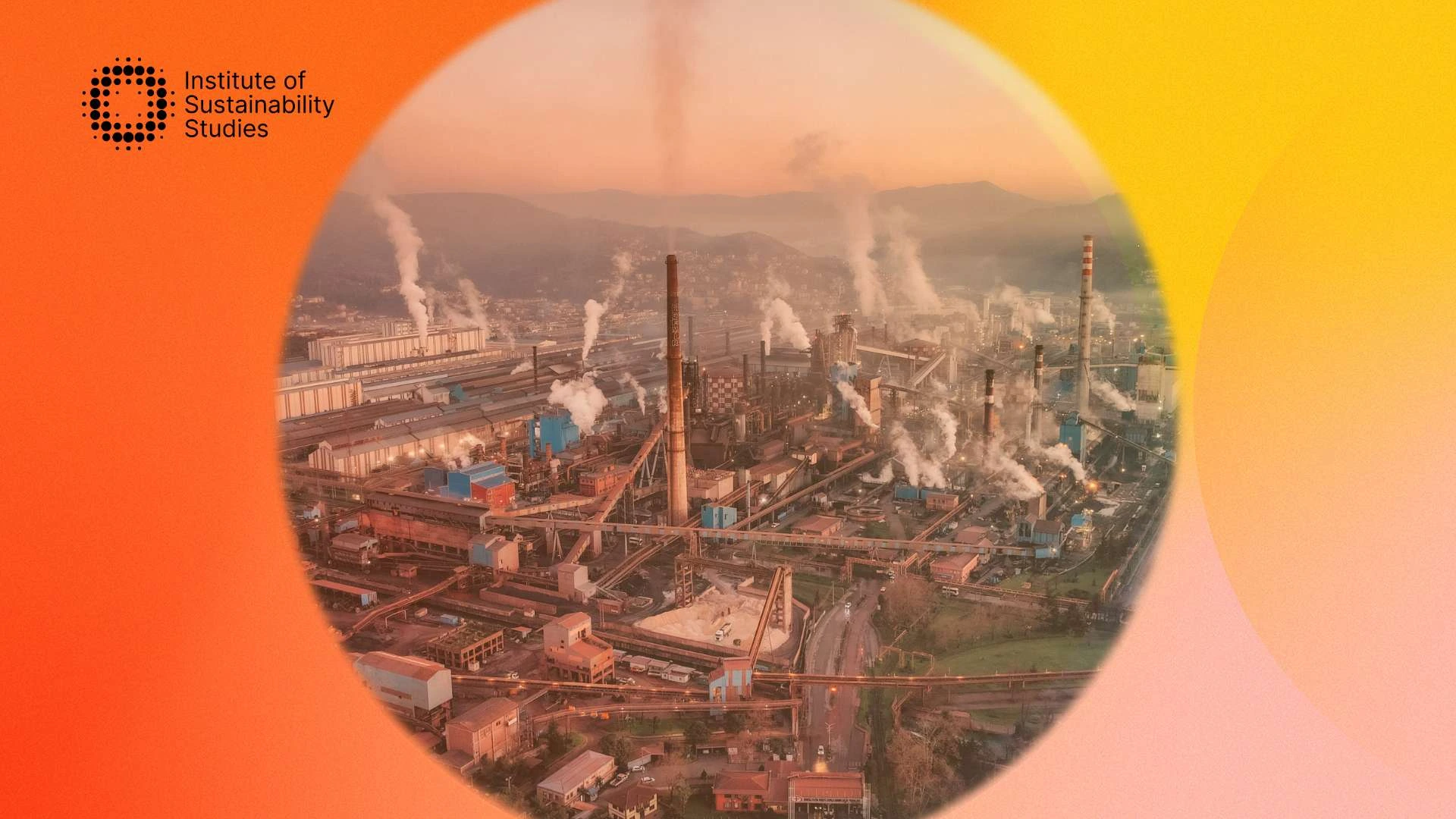Over the past number of years, the concept of wind energy has become a hot topic. Offshore wind farms across the globe have hit headlines for their size and for gaining government support. Integrating offshore wind power into corporate sustainability strategy offers the potential to reduce our reliance on fossil fuels and accelerate the journey to net zero. The International Energy Agency reports that offshore wind has remarkable potential.
In a recent study, they uncovered the best close-to-shore offshore wind sites worldwide could offer nearly 36000 TWh of electricity annually, which is very close to the worldwide electricity demand projected for 2040. Whilst offshore wind energy could be the key to driving the transition to clean energy, there are still challenges we must address concerning scaling the technology. Continue reading to learn more about offshore wind energy and how Ireland is paving the way.
What is offshore wind energy?
Offshore wind energy, or as it is sometimes referred to, offshore wind energy, is essentially energy that is taken from the force of the winds out at sea. It is then transformed into electricity and supplied to the electricity network onshore. To make the most of offshore wind energy, mega-structures are installed, that are situated on the seabed and equipped with the latest technical innovations.
One of the biggest benefits of this form of wind energy is that it floats in the sea, ensuring more stable wind speeds. This kind of energy is constantly renewable an infinite source of energy. The transformation of wind into power does not release any harmful greenhouse gas emissions. As we work to curb emissions and fight the environmental emergency, offshore wind power has an important role to play in our future electricity generation.
How does wind energy work?
Wind energy works through wind turbines. The turbines can transform the power of the wind into electricity we can use in our businesses and homes. They can be installed as stand-alone or clustered to form a wind farm. Wind turbines are essentially the most up-to-date versions of windmills. Large wind turbines are the most visible, but you can also purchase small wind turbines for individual use.
For instance, for powering a boat or a caravan. Each turbine consists of a set of blades, a shaft, and a box beside them referred to as a nacelle. The wind, despite how much of a breeze it creates, makes the blades spin. This creates kinetic energy, and the blades continue to rotate in this way and make the shaft turn. The generator in the nacelle then turns this kinetic energy into electrical energy.
How much energy does a wind turbine produce
A modern-day, single offshore wind turbine can create over 8 megawatts (MW) of energy. This is enough energy to power almost six homes annually. Onshore wind turbines, by contrast, generate hundreds of megawatts. All of this makes wind energy one of the most clean, cost-effective, and readily available energy sources on Earth.
What’s the difference between offshore and onshore wind energy?
If you have investigated wind energy, chances are you have come across offshore wind energy and onshore wind energy. While the names are very similar, they are very different, and it’s important to recognise how they differentiate. Onshore wind energy is power generated by wind turbines situated on land driven by the natural movement of air.
Onshore wind farms can often be seen in fields or more rural areas. This is because they are usually constructed in less-populated areas where obstacles and buildings do not interrupt the air. While onshore wind energy has many benefits, it can still have adverse effects on both nature and people. There are concerns onshore wind energy could pose threats to locals and wildlife, such as birds, due to the noise and landscape.
Wind energy advantages and disadvantages
There are many advantages of offshore wind energy. It is unlimited, renewable, and non-polluting. Offshore wind farms are situated miles out from the coast, meaning they are further away from the local population. There is also restricted access to their sites, which can help protect people, the planet, and marine ecosystems.
Additionally, there are more wind resources offshore than there are onshore. When situated offshore, the acoustic and visual impact is very minimal. Therefore, bigger areas can be used. It is for this reason that offshore wind farms generally have up to several hundred megawatts of installed capacity.
Offshore wind turbines can also reach much larger unit capacities and sizes than onshore wind turbines, allowing for the ease of maritime transport. Offshore wind power is also more efficient. The higher wind speeds and consistency in direction mean offshore installations only need a few turbines to create the equivalent amount of energy as onshore wind farms.
However, like anything, there are some downsides to offshore wind energy. Namely, offshore wind farms require considerably complex infrastructure to support them. This means they are more expensive to construct. Additionally, the higher wind speeds, accessibility issues, and strong seas make offshore wind farms increasingly challenging to maintain.
Finally, offshore wind turbines need a considerable scale of investment. This means they are usually corporately owned, so there is less local involvement in the farms. However, this is not a major disadvantage since they do provide significant employment opportunities for the development and working life of the wind farm. Overall, when comparing offshore and onshore, offshore has fewer disadvantages.
The need to drive the clean energy transition
The clean energy transition will see us switch from traditional fossil fuels, which are harming our planet to renewable energy sources with a lower impact. This transformation is pivotal to not only addressing the environmental emergency but also tackling other various issues, such as pollution, and ensuring a sustainable future for generations to come.
Our continued reliance on fossil fuels has contributed to numerous negative environmental consequences, such as water and air pollution, climate change, and habitat destruction. Moving to clean energy allows us to reduce greenhouse gas emissions and achieve our climate goals. Not only that, but it will lead to job creation and enhance energy security.
How is Ireland upscaling offshore wind energy?
Ireland has already made progress in adopting offshore wind energy. In the early 2000s, the first offshore wind farm in Ireland emerged on the Arklow coast. The farm featured seven pioneering turbines.
These structures illustrated a potentially monumental industry that could be delivered on the nation’s coastal waters. With its abundant wind resources and expansive coastline, Ireland’s geographical advantage relative to other jurisdictions positions it as a prime contender for harnessing the vast potential of offshore wind power.
However, despite this early promise, Ireland has undergone a stage of stagnation whilst neighbouring countries like Northern European nations and the United Kingdom have embarked on ambitious offshore wind programmes, establishing economic value and several employment opportunities.
Luckily, the country has awakened to the significant promise that lies in offshore wind energy. Government policies and plans have offered much clarity to the industry. For instance, the Climate Action Plan which underpins the government’s dedication, outlines ambitious renewable energy targets, with offshore wind playing a major role in our decarbonisation aspirations.
The plan shares the aim to achieve 7GW of offshore wind by 2030 and an ambitious 37GW of offshore wind capacity by 2050, aligning with the North Seas Energy Cooperation’s objective to move Europe towards energy independence. This 7GW target would be enough to power 5 million homes on the Emerald Isle. Although it is evident that major challenges remain in recognising the potential for the offshore wind industry, recent years have shown significant progress.
For instance, the introduction of marine planning legislation to create a streamlined consenting process for offshore wind projects. Additionally, Minister for Enterprise, Trade, and Employment Simon Coveney TD unveiled plans to create a National Industry Strategy for Offshore Wind. This strategic blueprint will offer the country a roadmap to avail of numerous economic opportunities that come from the production of offshore wind energy.
Ireland also successfully held its first-ever offshore wind auction in May of this year, where four projects with a combined capacity of 3 GW were awarded. The successful completion of the auction was a breakthrough for renewables in Ireland and vital to achieving the targets outlined in the Ireland 2030 Climate Action Plan.
This auction was ultimately a vital landmark for the expansion of offshore wind in the country. Ireland is now working on a National Industrial Strategy for Offshore Wind, which will be published in the first quarter of next year. The strategy will strive to make sure Ireland can build up the supply chain required to deliver its offshore wind aims. It will also capture the long-term advantages of offshore wind for society and the economy.
Summary
The adoption of wind energy is crucial in tackling the time-sensitive issue that is climate change. Upscaling offshore wind energy is pivotal and will bring both societal and economic benefits. Ireland has already begun to make waves in this clean energy transition.
If you want to future-proof your business or create a positive impact, education is the ideal starting point. Explore our online sustainability courses Ireland to gain practical, expert-led training that equips you to lead sustainability initiatives and drive meaningful change within your organisation and beyond.










